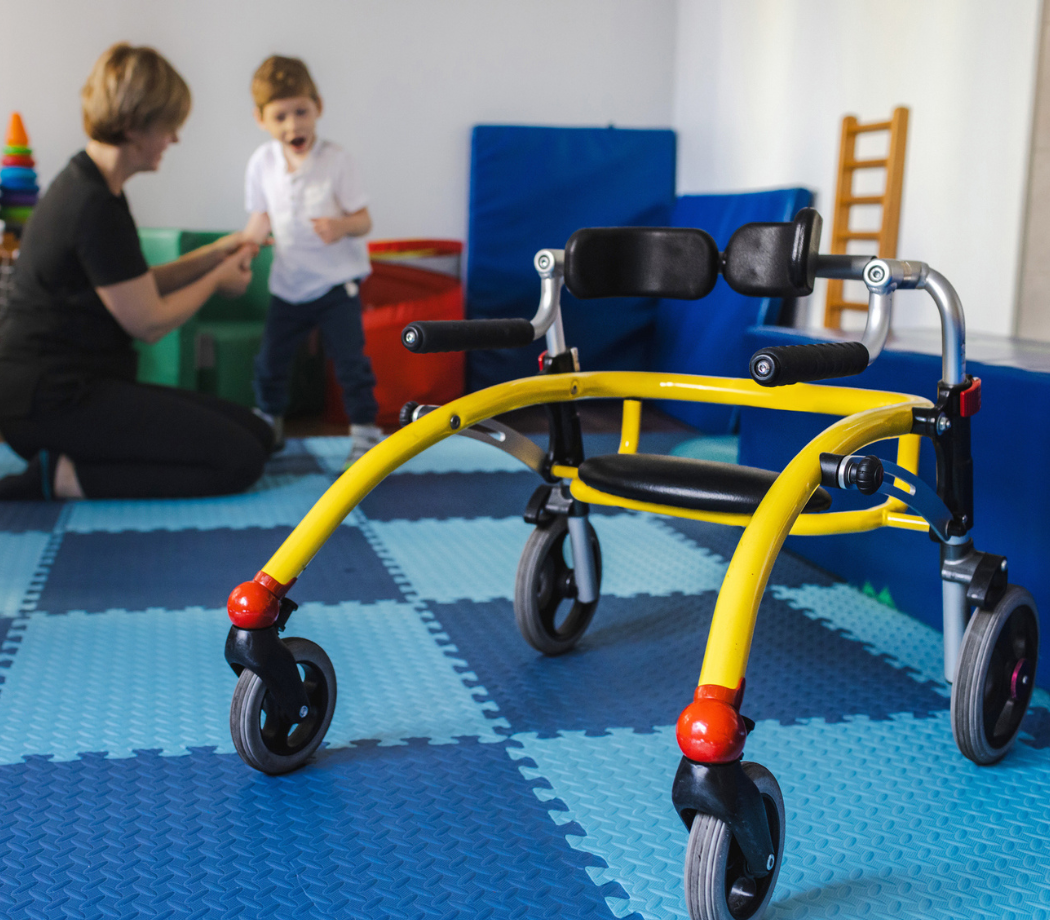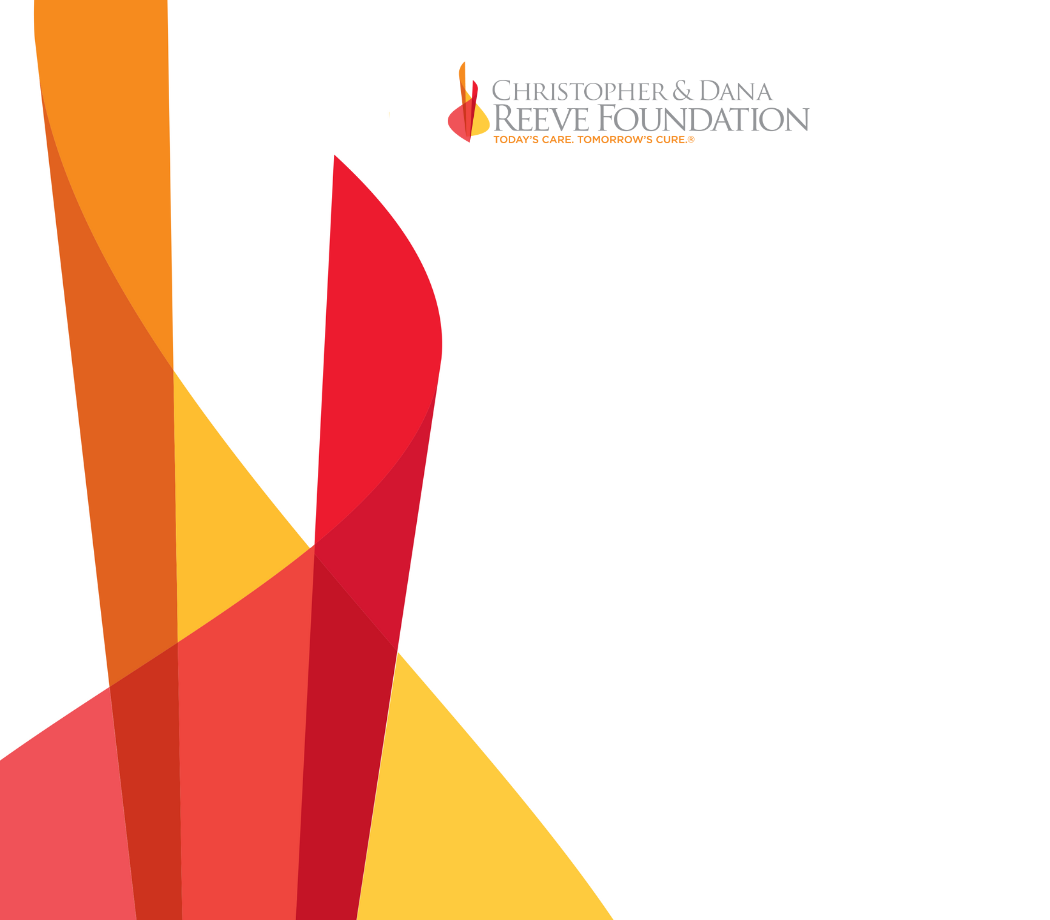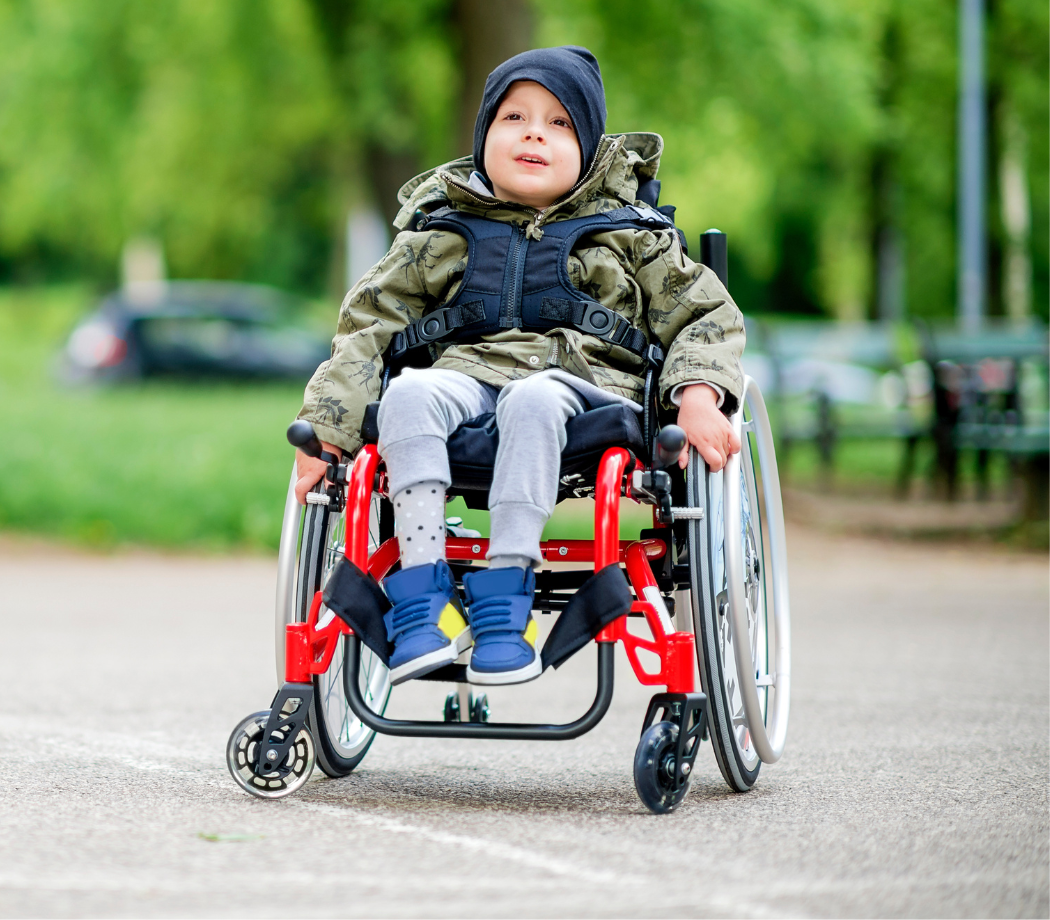Musculoskeletal Issues in Pediatrics

Musculoskeletal issues are common in pediatric patients, especially for those with chronic conditions. Neurological conditions that have an impact on the musculoskeletal system include brain injury, spinal cord injury, cerebral palsy, muscular dystrophy, sickle cell disease, scoliosis, pediatric onset multiple sclerosis, stroke, and fibromyalgia among others. These conditions can lead to concerns of fractures, tone (spasticity), heterotopic ossification, and musculoskeletal imbalances.
Fractures occur in the pediatric population. Typically, these appear as greenstick fractures but can also be disruption in the bones as transverse, spiral, oblique, impacted, and segmental fractures. Compression fractures can occur due to trauma or weight bearing.
Individuals with neurological diagnoses can experience fractures from several medical complications. Due to lack of sensation, extremities may unnoticeably drop from safe positioning. The extremity can then be caught or trapped with a resulting fracture. The force such as a foot or arm mispositioned but caught in movement results as discomfort but does not signal the individual to check positioning. Falls can be more frequent due to miscalculation, fatigue, or increased muscle weakness. Handling of extremities can be rough due to lack of sensation. Range of motion may be overexerted due to resistance from tone or contractures.
Fractures are classified as fragility or incident. Fragility fractures can occur due to lack of bone density. Some medications such as steroids can decrease the minerals in bones leading to fragility fracture. Incident fractures can occur from accidents, mishandling, and abuse. Some incident fractures occur just through the nature of living.
Assessment for fractures begins with a history and physical to rule out other causes. Many fracture histories are clearly defined with an event; however, in children with neurological diseases, this may not be as clear. Communication issues may cloud the history of a specific event. Lack of sensation my result in no discomfort. An examination may reveal swelling, redness, and warmth. Difficulty with passive movement may be reported as a symptom; however, testing movement is not advised when fracture is suspected. The child with neurological injury or disease may present with a feeling that something is wrong, elevated blood pressure, increased pulse, increased tone, or autonomic dysreflexia (AD). If sensation is present, pain may or may not be reported. Imaging, ultrasound, or blood tests may be used to determine the presence of a fracture versus hematoma, osteomyelitis, septic arthritis, heterotopic ossification, deep vein thrombosis, or dislocation of joints.
Treatment for fracture is to immobilize the bone so healing can occur. This may be done with casting or surgical intervention. Bone density must be assessed to ensure the bone can heal and support internal hardware if needed. Medications should be reviewed for their effects on bone density.
Interventions include education about care for body parts with decreased sensation, dietary review to ensure the nutrients for bone health are met and metabolized, providing equipment and visual inspection to ensure safety of body parts when mobile and in bed. Physical therapy is needed to return the affected body part to function. This may include range of motion or strengthening for functional use. Standing and other mobility exercises should be included in long term planning to keep the body actively or passively functional.
Tone is involuntary motor function that may be a slight twitch to a completely involved muscle(s) spasm. Tone can be reflexic or areflexic. Individuals with areflexic or low tone typically have an injury or disease affecting lower motor neurons. This can be from lower spinal cord injury or some brain injuries. In areflexic tone, body joints are easy to move and to overextend. Muscles quickly become smaller. Protection of the joints, skin and body is imperative.
Some individuals use slight reflexic tone for transfers and other body movement. Tone can be helpful in reducing pressure injury due to movement of the body. When tone reaches a threshold of pain or disruption in daily living, treatment should be sought.
Some tone begins with a noxious stimulus in affected parts of the body. This can be an ingrown toenail, ingrown hair, blister, or bone fracture or displacement. Correction of the noxious stimulus will reduce the tone. Extreme tone may be uncomfortable, painful, embarrassing, a positioning safety issue, cause of falls, and trigger episodes of autonomic dysreflexia.
Assessment of tone is made through the use of assessment scales. The Ashworth or Modified Ashworth Scales are most commonly used although some organizations use other scales. Tone throughout childhood should be assessed using the same scale for consistency which allows clear assessments of changes. Electromyography (EMG) and Nerve Conduction Studies (NCS) provide an accurate measurement.
First line treatment of tone is to provide range of motion exercises to stretch the muscles. Positioning in alignment is helpful to decrease tone stimulation. Medications can treat more extensive tone. Oral medications may be used however these affect the entire body. Individuals may report sleepiness or foggy thinking when taking medication for tone until a threshold is reached. Often tone will surpass the dosage provided so increases in amounts are not uncommon. Oral medications may include baclofen, diazepam, clonidine, dantrolene, gabapentin or tizanidine. More commonly used today is Botox delivered intramuscularly which omits the sedative effects of oral medications. Intrathecally placed pumps can be surgically implanted to bathe the spinal cord which relaxes tone. Higher level treatments include selective dorsal root rhizotomies and epidural spinal cord stimulation.
Heterotopic Ossification (HO) is bone that grows into the surrounding soft tissue of a joint. In younger children, it occurs most frequently at the hip but can occur usually in any large joint such as the shoulder, elbow, and knees.
HO may be first seen as swelling, decreasing range of motion in a joint, hyperemia, pain if the child has sensation, or as a trigger for autonomic dysreflexia. Diagnosis is made using X-ray, CT scan, bone scan or ultrasound. If found early, treatment using NSAIDs or radiation therapy is used. Bisphosphonate medication has been discontinued. In severe cases, surgery to remove the outgrowth of bone is done. This can also affect the muscle during removal. Therapy to continue to release the joint, improve range of motion and strength is done after the surgical area has healed.
Musculoskeletal imbalances can occur in children with neurological issues. Muscles may not develop evenly on each side of the body or muscles might overpower their companion muscle group. Contractures and scoliosis are two examples of muscle imbalances.
Contractures are a companion of tone. If positioning is allowed so that one set of muscles is always contracted, or tone becomes great, contractures can occur. Contractures decrease functional ability, disrupt hygiene, and can be painful. An ergometer is used to measure the angle of the joint for an assessment of the degree of the contracture.
Slowly stretching the muscle may be possible in early development of a contracture. This must be done by a professional with knowledge of how far to stretch, how long to hold, and when the contracture is past the ability to apply treatment to avoid injury to the muscle. Serial casting or bracing with an adjustable angle device has been used to stretch the muscle over time. Surgical intervention is used in advanced cases. In this process, the muscle is usually ‘feathered’ to release the contracture but not transect the muscle. Therapy is needed when the surgical area is healed to improve strength and function as well as to provide prevention measures for reoccurrence.
Scoliosis is another example of muscle imbalance of the spinal vertebrae. This is an issue especially for the developing spine. In scoliosis, one set of muscles may develop more quickly than those on the other side of the spine which leads to pulling the spine into abnormal positioning. This can affect the ability to sit, hold the body upright as well as internal functions such as breathing and may damage the spinal cord.
X-ray of the pediatric spine should occur every six months pre-puberty and yearly afterwards. Use of a TLSO (thoracolumbosacral orthosis) can delay the progression of scoliosis. Strengthening exercises should be provided to reduce the progression. Surgical intervention will reduce the curvature. In the past, rods would be placed along the sides of the vertebral bodies, but this greatly reduced spine mobility. Today soft rods are used which allows more flexibility of the spine and therefore more function for the individual.
Joint protection is necessary in all the topics above. Protecting joints is critical to function. These topics have impact on decreasing function of joints, but overuse of joints can also occur. Lifting the body, overreaching, overuse are all issues that put pressure on joints to overstretch. When evaluating children for joint restriction, also look for overuse syndromes. Conservative measures can be put into place to maintain the joint for a lifetime of use. Protection of the musculoskeletal system is essential in children’s thriving.
Written by Linda M. Schultz, PhD, CRRN.
References and Further Reading
Mishaal RA, Lanphear NE, Armarnik E, van Rensburg ER, Matsell DG. Baclofen Toxicity in Children With Acute Kidney Injury: Case Reports and Review of the Literature. Child Neurol Open. 2020 Jun 24;7:2329048X20937113. doi: 10.1177/2329048X20937113. PMID: 32637443; PMCID: PMC7315666.
Mohanty SS, Rao NN, Dash KK, Nashikkar PS. Postencephalitic Bilateral Heterotopic Ossification of the Hip in a Pediatric Patient. J Pediatr Orthop B. 2015 Jul;24(4):299-303. doi: 10.1097/BPB.0000000000000130. PMID: 25493701.
Oates EC, Jones KJ, Donkervoort S, Charlton A, Brammah S, Smith JE 3rd, Ware JS, Yau KS, Swanson LC, Whiffin N, Peduto AJ, Bournazos A, Waddell LB, Farrar MA, Sampaio HA, Teoh HL, Lamont PJ, Mowat D, Fitzsimons RB, Corbett AJ, Ryan MM, O’Grady GL, Sandaradura SA, Ghaoui R, Joshi H, Marshall JL, Nolan MA, Kaur S, Punetha J, Töpf A, Harris E, Bakshi M, Genetti CA, Marttila M, Werlauff U, Streichenberger N, Pestronk A, Mazanti I, Pinner JR, Vuillerot C, Grosmann C, Camacho A, Mohassel P, Leach ME, Foley AR, Bharucha-Goebel D, Collins J, Connolly AM, Gilbreath HR, Iannaccone ST, Castro D, Cummings BB, Webster RI, Lazaro L, Vissing J, Coppens S, Deconinck N, Luk HM, Thomas NH, Foulds NC, Illingworth MA, Ellard S, McLean CA, Phadke R, Ravenscroft G, Witting N, Hackman P, Richard I, Cooper ST, Kamsteeg EJ, Hoffman EP, Bushby K, Straub V, Udd B, Ferreiro A, North KN, Clarke NF, Lek M, Beggs AH, Bönnemann CG, MacArthur DG, Granzier H, Davis MR, Laing NG. Congenital Titinopathy: Comprehensive Characterization and Pathogenic Insights. Ann Neurol. 2018 Jun;83(6):1105-1124. doi: 10.1002/ana.25241. PMID: 29691892; PMCID: PMC6105519.
O’Brien CF. Treatment of Spasticity with Botulinum Toxin. Clin J Pain. 2002 Nov-Dec;18(6 Suppl):S182-90. doi: 10.1097/00002508-200211001-00011. PMID: 12569967.
Vialle R, Thévenin-Lemoine C, Mary P. Neuromuscular Scoliosis. Orthop Traumatol Surg Res. 2013 Feb;99(1 Suppl):S124-39. doi: 10.1016/j.otsr.2012.11.002. Epub 2013 Jan 19. PMID: 23337438.
Parent S, Mac-Thiong JM, Roy-Beaudry M, Sosa JF, Labelle H. Spinal Cord Injury in the Pediatric Population: A Systematic Review of the Literature. J Neurotrauma. 2011;28(8):1515-1524. doi:10.1089/neu.2009.1153
Pérez-Arredondo A, Cázares-Ramírez E, Carrillo-Mora P, Martínez-Vargas M, Cárdenas-Rodríguez N, Coballase-Urrutia E, Alemón-Medina R, Sampieri A 3rd, Navarro L, Carmona-Aparicio L. Baclofen in the Therapeutic of Sequelae of Traumatic Brain Injury: Spasticity. Clin Neuropharmacol. 2016 Nov/Dec;39(6):311-319. doi: 10.1097/WNF.0000000000000179. PMID: 27563745; PMCID: PMC5106081.
Shuhart CR, Yeap SS, Anderson PA, Jankowski LG, Lewiecki EM, Morse LR, Rosen HN, Weber DR, Zemel BS, Shepherd JA. Executive Summary of the 2019 ISCD Position Development Conference on Monitoring Treatment, DXA Cross-Calibration and Least Significant Change, Spinal Cord Injury, Peri-Prosthetic and Orthopedic Bone Health, Transgender Medicine, and Pediatrics. J Clin Densitom. 2019 Oct-Dec;22(4):453-471. doi: 10.1016/j.jocd.2019.07.001. Epub 2019 Jul 5. PMID: 31400968.
Zebracki K, Melicosta M, Unser C, Vogel LC. A Primary Care Provider’s Guide to Pediatric Spinal Cord Injuries. Top Spinal Cord Inj Rehabil. 2020 Spring;26(2):91-99. doi: 10.46292/sci2602-91. PMID: 32760187; PMCID: PMC7384545.





